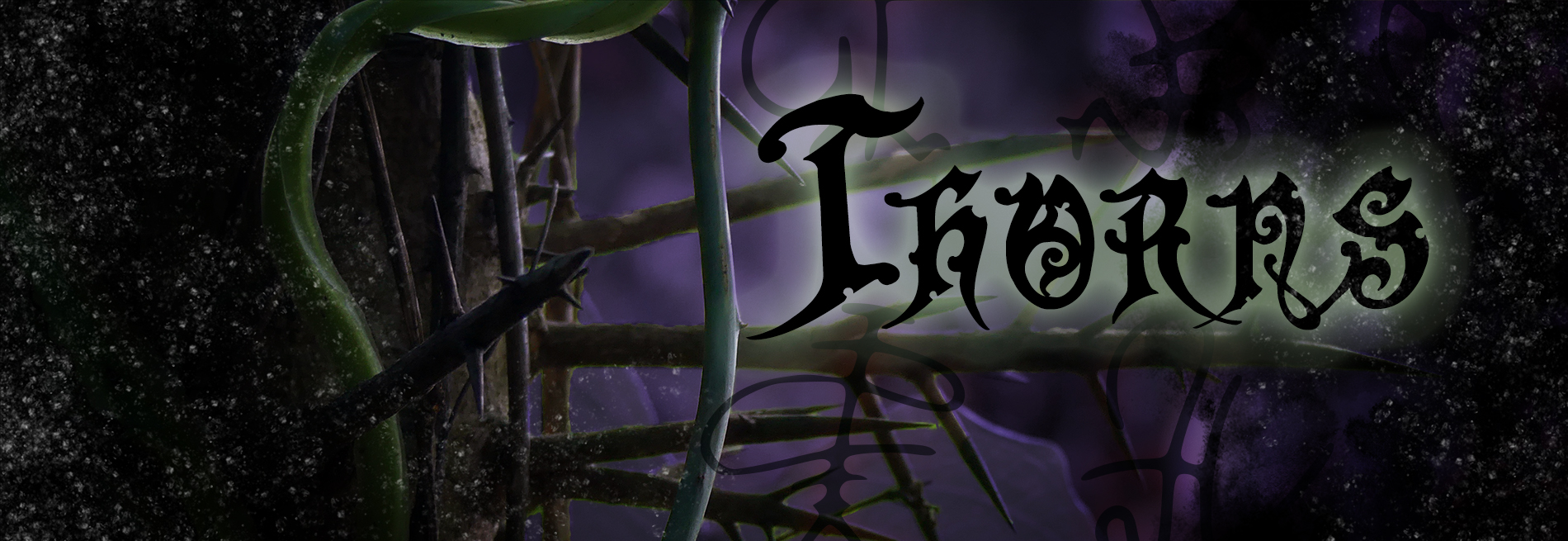Alchemy
The principles of alchemy predate the historical evidence that exists from ancient Egypt. It has spread across the world and changed in many different ways along its path. When the term is used in English, it usually refer to th western traditions and the hermetic guidelines.
The principles of alchemy are those of balance. A reaction in the material (what's below) is reflected in changes in the spiritual (what's above). Everything relies on the balance between the soul (sometimes denoted with the symbol for sulfur), the mind or spirit (denoted by the symbol for mercury), and the body (denoted with the symbol for salt). Again, changes in one can, and must, alter the states of the other. In order to change the material form of a metal, one might attempt first to change its perception (spirit), or its conceptual truth (soul).That which is below is like that which is aboveand that which is above is like that which is belowto do the miracle of one only thing
Branches
The Transmutation Branch is quintessentially what alchemy is about. It is by far the most common branch used by those who practice this tradition, and alchemy is the most common way for someone to access said branch. Some have used alchemy with the Death Branch in attempts to create life or kill. Mary Shelly even wrote a book warning against the folly of such. But some lean even heavier towards the modern science approach and attempt to warp space through alchemical reactions. Some try to control minds and souls through the Dreams, Fate, and Desire branches, but there are limits to what alchemy can do here.History
Most of the traditions associated with alchemy had their foundation in the very early settlements in what is now Egypt. The teachings spread to the surrounding cultures with time — especially to the Indus Valley and the Indian peninsula. During the Hellenistic era, the greek combined it with their notions of philosophy and laid the foundation to all western alchemy.
The Indian alchemy focused on building a divine, immortal, body (Sanskrit: divya-deham) that could bring the alchemist towards godhood. Influential members have included Nāgārjuna Siddha who managed to extract nearly any metal correctly from its ore and could then turn it into any other metal.
The western branch of teachings became much more tied to theology and to western Astrology. It has focused on more specific desires by practitioners rather than on bringing about esoteric principles. One of the more famous alchemists, Isaac Newton, treated it as a very exact science rather than anything supernatural.
The advent of modern sciences, including chemistry, has pushed alchemy to the side. But some practitioners involve the modern teachings into their rituals and consider it part of the same tradition. Others think that the separation of the occult and the profane is a way to help them access more power.
Execution
Any work, including alchemy, requires several different compounds and reagents. It is quite possible to prepare an alchemical effect to happen at a later time by not completing the final step. However, an alchemically guided ritual would be extremely dangerous and volatile to rush.
The three essential ingredients for the foundational truths (sulphur, mercury, and salt) are always at hand for an alchemist. Depending on what their interests are, they are likely to gather a large and strange collection of tinctures and powders.
Components and tools
Some processes require components to be blended, heated, chilled, or something else. The practitioner's Arcane Sanctum is likely a laboratory with access to all of these things, but they might be able to improvise some of it in the field.


Comments